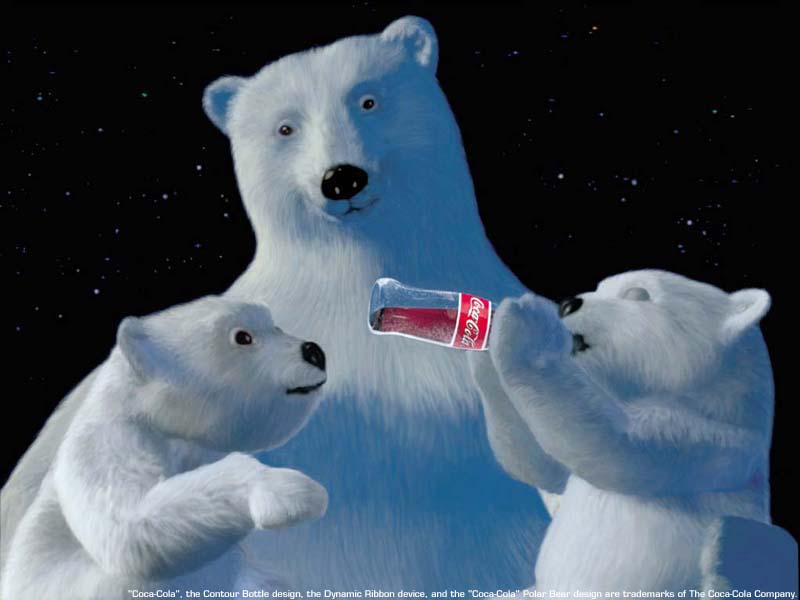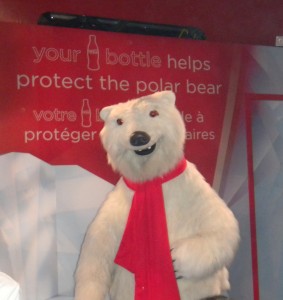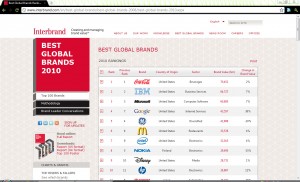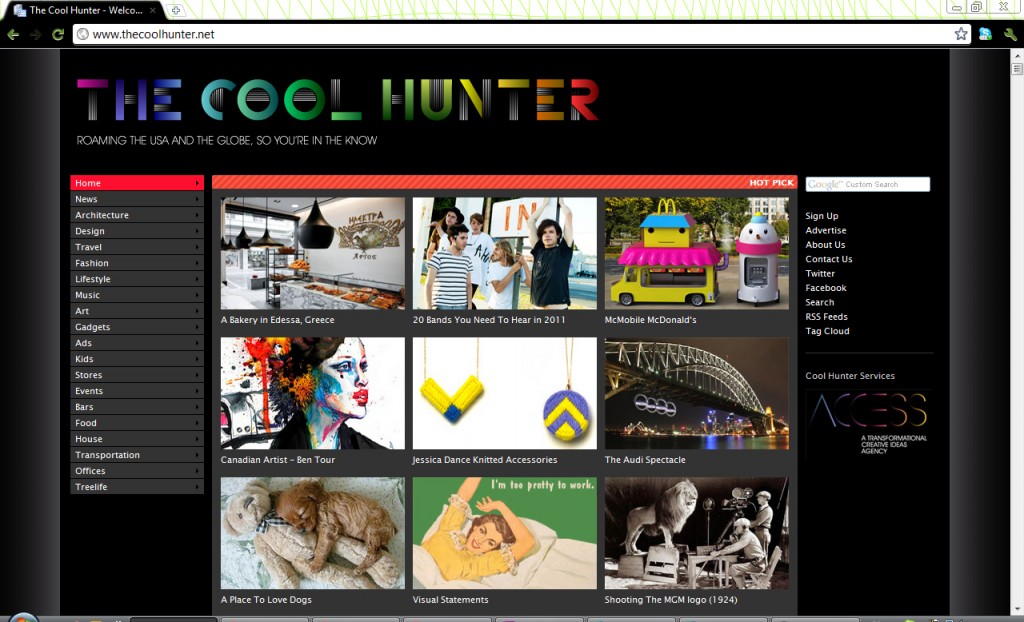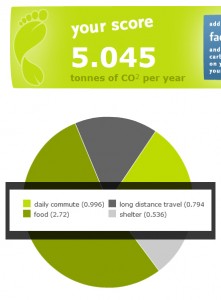And the winner is…
None other than our polar bear loving friends, Coca Cola.
When I think of my experiences with Coca Cola, I think back of the House of Happiness that they had at Livecity for the 2010 Olympics. What I found the most intriguing was their promotion of “Healthy Living”. When we think Coke, we often think pop, soda, sugar, carbs, and almost everything unhealthy into one delicious can (typical of any junk food). Never have we ever thought of it as a healthy choice to be drinking Coca Cola.
As the world’s number one global brand, Coca Cola prides themselves on “Growth, leadership, and sustainability”. They recognized that society in general has gotten more health concious over the last few decades, and recognized in their SWOT analysis that an opportunity had presented itself. What a better way to promote their stride for a “healthy lifestyle” than to team up with the Olympics – the showcase of the world’s top athletes who are bound to live healthy lives. As well, Coca Cola recognized that they had recognized another weakness, in that their brand was not known for it’s sustainability either. The House of Happiness was filled with events and games that demonstrated these core values. What a better way to remind and educate their consumers than to put them through fun tasks that demonstrated what the brand really stood for.
Even the top brand of the world needs to constantly perform an immediate analysis and use tools like the SWOT analysis to clarify and re-establish brand clarity to both consumers, and the company itself. In doing so, companies remind themselves what their brands stand for, and most importantly, remind consumers why their brand has competitive advantages over leading competitors.
Here’s a snapshot of the runner ups:

